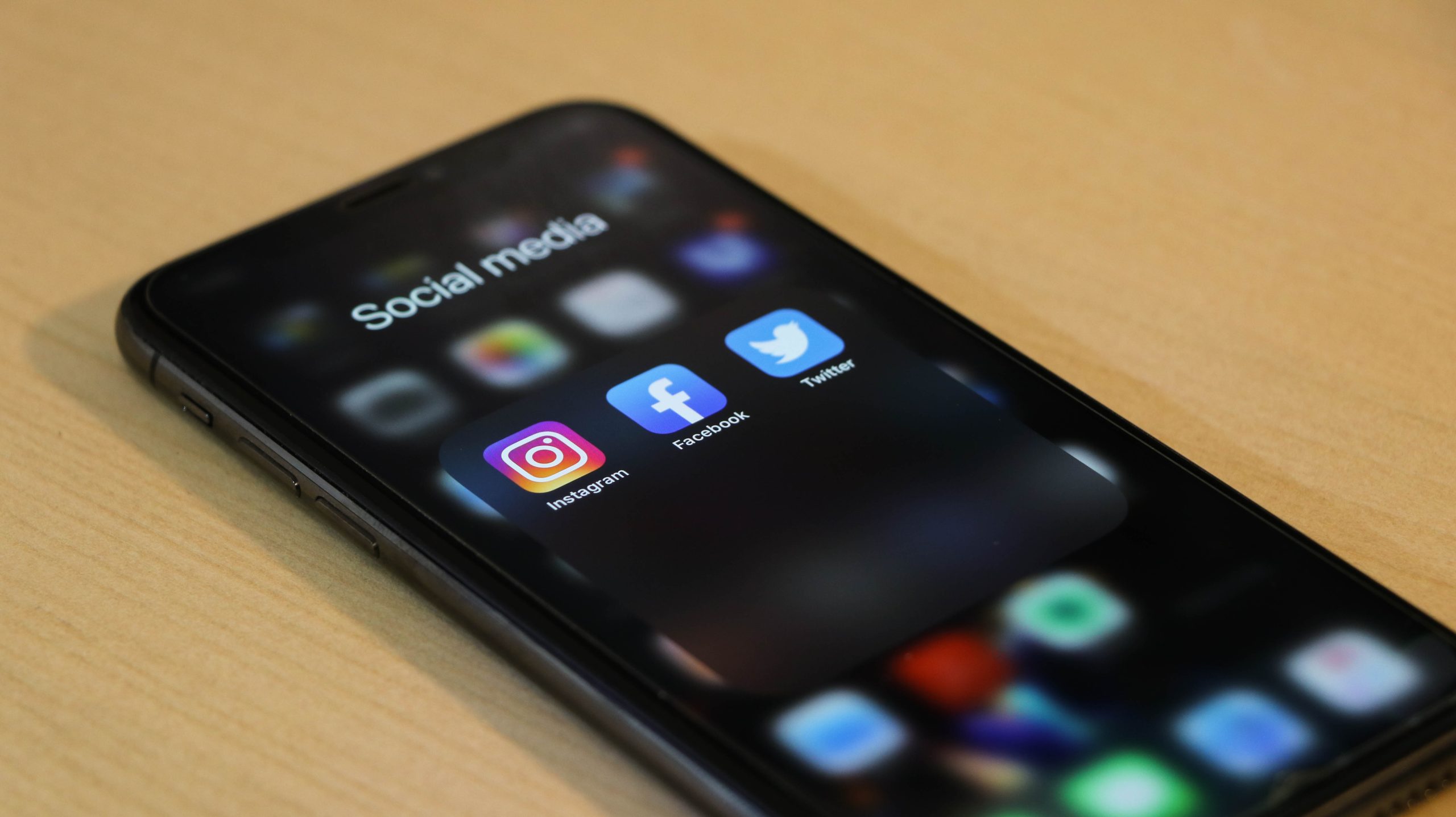How accessible is your favourite social media?


As with all internet content, accessibility can improve user experience. In the case of social media platforms, this is particularly important, since user-generated content such as images, videos, and GIFs are not always made accessible by their authors.
For many platforms, building in accessibility is vital. The failure to do so would exclude people with disabilities – who make up a significant part of the population – from the modern world’s fastest growing communities. Fortunately, the teams behind most social media platforms have shown great capability to create and implement useful features.
When Instagram – a social media platform that focuses heavily on visual content – changed its layout in 2018 and 2019, they made sure to consider accessibility in the design. It now provided a dark mode interface, screen reader improvements, alternative text for images, and video captions. The latter features can be automatically generated or manually modified by users.
Facebook, part of the same parent company, added keyboard shortcuts, better support for screen readers, and the same options for image alt text and video captions. The platform also allows for personalised text size and colours.
Pinterest, which is also heavily image-based, has been working on improving screen reader support too, in addition to better colour contrast and focus indicators. This makes it clearer which part of the website is in focus, therefore helping with navigation on screen reader and keyboard.
Similarly, LinkedIn offers a dark mode interface, customisable alt text, and dynamic text support on their iOS app. They have a dedicated desk for accessibility requests, with a list of assistive technologies to ask support for.
TikTok, as a video-based platform, has slightly different features. The app offers warnings for content that may affect individuals with photosensitive epilepsy, an in-built reader for text within videos, and automatically generated video captions. These can be edited for better accuracy by users.
YouTube also has keyboard shortcuts, automatically generated captions, and the ability to add audio descriptions. In particular, Youtube’s auto-generated subtitles have continually improved over time to be more accurate.
Although much of the accessibility work on social media platforms falls on individual users, the initiatives made by the companies who run them help shape a better internet, in which there is more equal access for everyone.